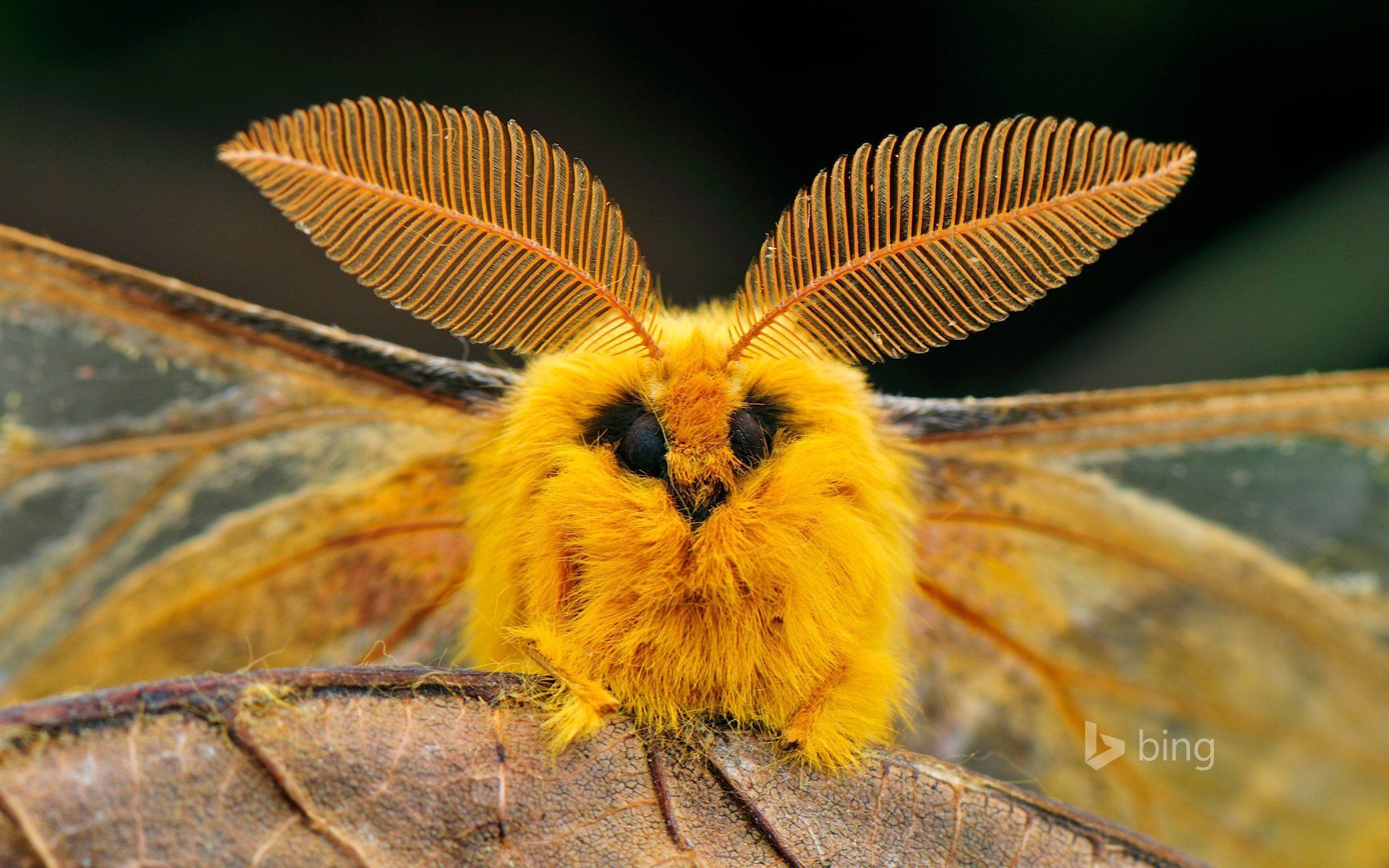Moths often get a bad rap for being nocturnal nuisances, but have you ever paused to appreciate their undeniable charm? These fascinating creatures come in various shapes, sizes, and colors, making them an impressive part of the insect world. Cute moths can often be found fluttering around gardens and porch lights, showcasing their delicate beauty. While many people are familiar with butterflies, cute moths frequently go unnoticed, despite possessing unique characteristics that make them equally enchanting.
In this article, we will explore the captivating world of cute moths, delving into their characteristics, behaviors, and the important roles they play in our ecosystem. You’ll discover why these creatures deserve our admiration and how you can attract them to your own garden. Get ready to embrace the cuteness of moths and learn about their fascinating lives!
From the fluffy, furry bodies of the Lasiocampidae family to the stunning patterns found on the wings of the Saturniidae, cute moths come in many forms. As we uncover the secrets of these delightful insects, you will understand why they are more than just nighttime visitors. So, let's dive into the wonderful world of cute moths and appreciate their beauty and significance!
What Makes a Moth Cute?
When we think of cuteness, we often imagine soft fur, vibrant colors, and playful movements. Moths encapsulate many of these qualities. Here are some traits that contribute to the cuteness of moths:
- Fuzzy Bodies: Many cute moths have thick, fuzzy bodies that resemble tiny balls of fluff.
- Colorful Patterns: The variety of colors and patterns on their wings can be mesmerizing, often resembling artwork.
- Delicate Size: Most cute moths are smaller than butterflies, adding to their endearing appearance.
- Gentle Flight: Moths tend to flutter softly through the air, which can appear graceful and charming.
Are All Moths Nocturnal?
While many people associate moths with nighttime, not all species are nocturnal. Some moths, like the day-flying Hummingbird Moth, are active during the day and can often be seen hovering near flowers. Others have adapted to different environments, showcasing a wide range of behaviors:
- Nocturnal Moths: Most moths prefer to be active at night, drawn to light sources.
- Diurnal Moths: Some species, like the Six-Spotted Tiger Moth, are active during the day.
- Crepuscular Moths: These moths are active during twilight, taking advantage of the light changes.
What Types of Cute Moths Can You Find?
There are numerous species of cute moths, each with unique features. Here are some popular cute moths that you might encounter:
- Atlas Moth: Known for its massive wingspan and striking patterns.
- Hummingbird Moth: Resembles a hummingbird and is known for its ability to hover.
- Woolly Bear Moth: The caterpillar stage is furry and captivating.
- Giant Leopard Moth: Features bold black and white patterns, making it visually striking.
Why Are Cute Moths Important to the Ecosystem?
Cute moths play a crucial role in our ecosystem, contributing significantly to various ecological functions:
- Pollination: Just like butterflies, many moths are essential pollinators for night-blooming plants.
- Food Source: Moths provide essential nutrition for various predators, including birds and bats.
- Biodiversity: The presence of moths contributes to the overall health of ecosystems.
How Can You Attract Cute Moths to Your Garden?
If you want to invite cute moths into your outdoor space, there are several strategies you can use:
- Plant Night-Blooming Flowers: Flowers that bloom at night, like moonflowers or evening primrose, attract moths.
- Provide Shelter: Create a cozy environment with native plants and low-light areas.
- Use a Moth Feeder: Fill a shallow dish with sugar water or fruit to attract moths.
What Do Cute Moths Eat?
Understanding the diet of cute moths is essential for creating a hospitable environment for them. Moths primarily feed on:
- Nectar: Many adult moths feed on nectar from flowers.
- Fruit: Overripe fruits are also a favorite among various moth species.
- Leaves: Some caterpillars feed on the leaves of plants as they grow.
Are Cute Moths Endangered?
Many species of moths are facing threats due to habitat loss, pollution, and climate change. Conservation efforts are crucial to protect these charming insects. Here are some measures being taken:
- Habitat Restoration: Efforts to restore native habitats can help support moth populations.
- Education: Raising awareness about the importance of moths in ecosystems.
- Research: Ongoing studies to monitor moth populations and their health.
Conclusion: Embracing the Beauty of Cute Moths
In conclusion, cute moths are often overlooked, but they are an essential part of our ecosystem. Their unique characteristics, fascinating behaviors, and ecological roles make them worthy of admiration. By creating moth-friendly environments and raising awareness about their importance, we can help ensure that these charming creatures continue to thrive in our world. So, the next time you encounter a cute moth, take a moment to appreciate its beauty and the role it plays in nature!




